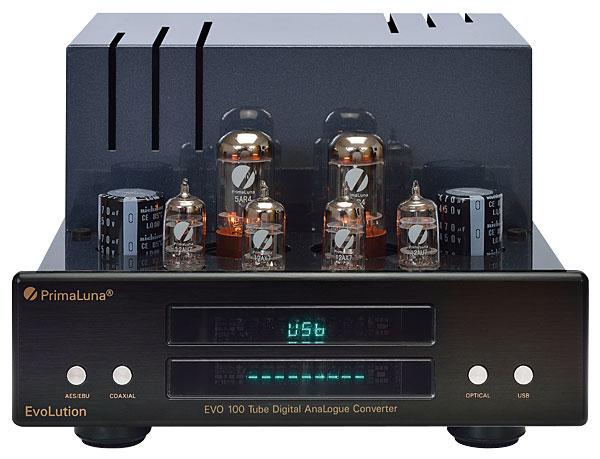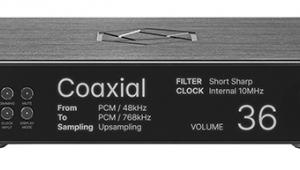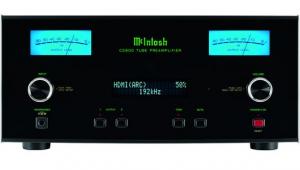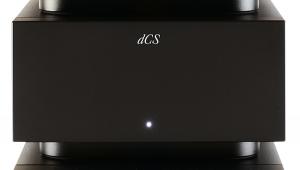PrimaLuna EVO 100 Tube DAC USB Tube DAC

 PrimaLuna's minimalist, valve-equipped EVO 100 DAC may seem a throwback to the time when digital only meant CD, but the sonic performance is truly 21st century
PrimaLuna's minimalist, valve-equipped EVO 100 DAC may seem a throwback to the time when digital only meant CD, but the sonic performance is truly 21st century
Two words spring to mind when examining PrimaLuna's EvoLution series EVO 100 DAC: 'old school'. Yes, a genre as seemingly new as digital has been around long enough to qualify for that mode of thinking. This unit is, I have been told emphatically, 'a DAC for purists', so £2888 gets you no wireless connections, no pandering to streaming, no headphone output, no level control. It is strictly a DAC in the original sense – a D/A converter-only and not one that doubles as a preamp or headphone amp.
The EVO 100 is a direct descendant of the earliest digital/tube hybrids. As far back as 35 years ago, industry innovator Neil Sinclair formed California Audio Labs and unleashed a CD player with a valve output section. So this is not a stretch, for I seem to recall PrimaLuna's parent company distributed CAL in the Netherlands. Is this why the EVO 100's sound reminded me of CAL's Tempest II CD player so vividly?
Tube Complement
Styled to match the company's amplifiers [HFN Apr '20], which all share the same layout, the EVO 100's chassis consists of a narrow-but-deep footprint of 279x404mm with a height of 191mm. The fascia is just 75mm high, in front of a horizontal surface containing two each of 5AR4, 12AU7 and 12AX7 valves, flanked by two big capacitors. Behind them is the cubist metal enclosure covering the transformers, but the look is sleek because of the clever, curved tube cage, one of the brand's signature touches (which has been removed for our pictures).

And another thing: the fit and finish are exceptional – far from the days when PrimaLuna was a pioneering European brand manufacturing in China, and before its quality control matched the better Western production standards.
Precious few indicators tell you that this is of the 2020s, not the 1980s, but the clues are there. One is a beautifully-made, all-metal wand of a remote control (see p45), with display dimming, mute and source selection, matching the four individual buttons on the unit's fascia. Another is the cool blue look of the two displays, the top showing the selected input, the bottom the sampling rate. The latter adds a neat function: I am notoriously impatient about amp warm-up, but this almost ameliorates the wait as the display commences with a 60-second countdown from switch-on.
As is PrimaLuna practice, the on/off rocker switch is on the left side, while the back contains the necessary optical, coax and AES (XLR) legacy digital inputs plus USB-B for computer connection. As you can see, set-up is a piece of cake, and all was achieved without my bothering to read the instruction manual editor PM had mailed me. The only thing I had to determine was which coin-type battery was needed for the remote control handset.
Slick Operation
If only everything worked as well and as swiftly as this unit. I tried the S/PDIF inputs using a Sony BDP-S370 Blu-ray player and my trusty Marantz CD12 transport, as well as assorted file sources via USB and my iMac. In the course of the listening, rates ranged from 44.1kHz to 192kHz, while downloads included assorted high-res WAVs and FLACs. Because I was so taken by the importance of the valve output section, I was almost forgetting how sophisticated is the digital processing, wedded as I am to the 30-year-old Marantz DA-12 DAC for most of my reference listening to 'Red Book' CDs.

























































